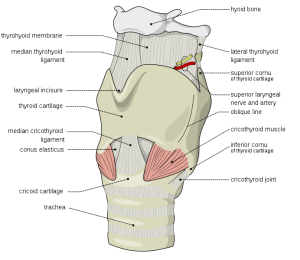I love the folks over at The Modern Voice forum and today I had a question from there.
I liked my answer so much that I thought I would also post it here.
Here is what Martin at the forum asked:
I’m curious as to how the tongue is related to other “tongue partners” and how it can hinder your phonation?
Here’s my answer.
Note: I took out anything that mentioned this website because you are already on this website:
Great question, Martin!
I hope I won’t offend you in any way, but I tend not to use much formal terminology (I let other people do that), although I am super familiar with it since I have a degree and graduate studies in voice production and have done a lot of private training and teaching, plus professional performances.
My approach is to take formal vocal methods/techniques/terms and make them more user friendly. People tend to think I’m pretty wacky at times, but I find that humor and not taking ourselves too seriously is the best way to help people, at least in my world.
Wow, I just put out a bunch of words!
Okay, so all of that is to say that you may not see the word “phonation” in my answer or in the article. 
If you look at the first picture on that page (after the “I Can Has Cheeseburger” type cat!) you will see how narrow is the area through which the sound has to travel in order to get up and out of your body through your mouth and into your sinus cavities (crucial for good resonance).
When your singing tongue is pulled back in a tense manner, this will cause the tongue partners (epiglottis, etc.) or muscles and other things around it (see the picture) to adjust for the tension. The energy that it takes to do that will interfere with the sound itself (can muffle it). This, in turn, can put stress on the vocal cords because you will have to try and push the sound out if you don’t know how to guide the muscles into doing your bidding, especially the tongue.
Eliminating stress from the vocal cords is another reason why posture is so important too, but that is an entirely different subject.
Your singing tongue is kind of like a boss, in a way. Everyone on the job wants to do their job in the best possible way because it makes them feel good (or maybe they will get a bonus) , but if the boss doesn’t have his or her act together, everyone else suffers, you know what I mean? But when the boss “partners” with his or her workers, the end result is better quality and happier people.
I hope that begins to answer your question.
Joy
P.S. Check out Wikipedia’s explanation of phonation: http://en.wikipedia.org/wiki/Phonation Makes me want to run and hide! I wonder why voice teachers just don’t use a simple term based on the origin of the word from the Greek: from Greek phōnē ‘sound, voice’ + -ation; or even mores simply: sound+voice = sounds made by the voice. We can make it more complicated, but why? Getting a great tone quality (whatever your style) is hard enough, right?
—————————–
I didn’t put this in Martin’s answer, but you can always take your singing tongue to the next level by reading my other singing tongue articles and getting started with my digital singing lesson Your Tremendous Singing Tongue









